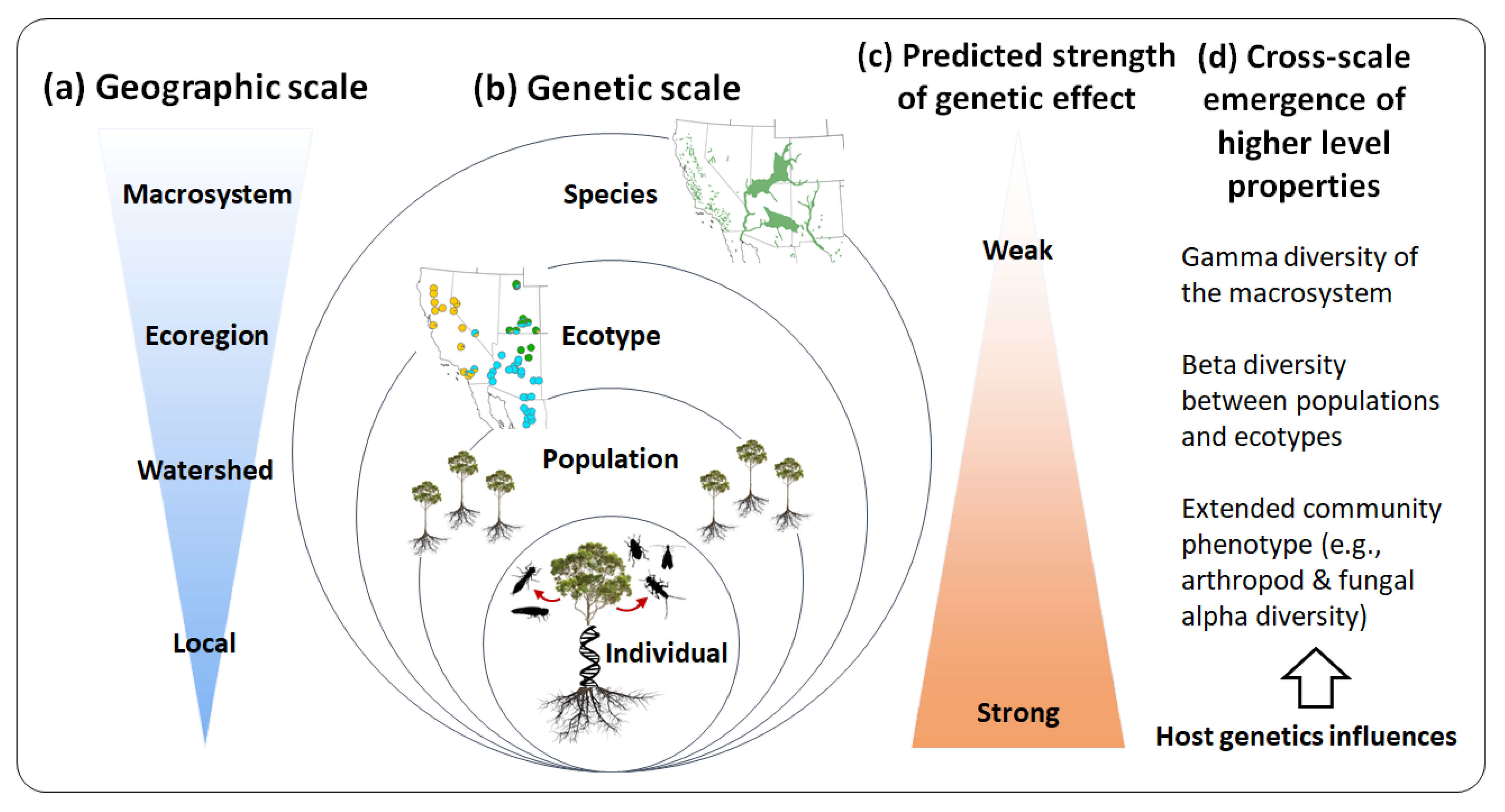2023-06-29 ニューサウスウェールズ大学(UNSW)
◆この研究では、腸内の細菌である腸管細菌が胃腸炎を引き起こす可能性のある種類に関する新しい情報が提供されました。従来、細菌性胃腸炎の最も一般的な原因はサルモネラ感染とされていましたが、この研究によるとAeromonasが全年齢層で2番目に多く、18か月未満の子供たちでは最も一般的な腸管細菌性病原体であることがわかりました。
◆この発見は胃腸炎の診断プロセスに影響を与え、より対象とした治療につながる可能性があります。さらなる研究により、感染源を特定することができれば、Aeromonas感染を予防するための知識を得ることができるかもしれません。
<関連情報>
- https://newsroom.unsw.edu.au/news/science-tech/scientists-identify-common-cause-gastro-young-children-and-adults-over-50-years
- https://journals.asm.org/doi/10.1128/spectrum.00286-23
腸管アエロモナス感染症:オーストラリアの胃腸炎患者集団で検出された新規感染パターンを有する一般的な腸内細菌感染症 Enteric Aeromonas Infection: a Common Enteric Bacterial Infection with a Novel Infection Pattern Detected in an Australian Population with Gastroenteritis
Christopher Yuwono, Michael C. Wehrhahn, Fang Liu, Li Zhang
Microbiology Spectrum Published:28 June 2023
DOI:https://doi.org/10.1128/spectrum.00286-23

ABSTRACT
Aeromonas species are emerging human enteric pathogens. However, they are currently not routinely detected in many diagnostic laboratories, and information regarding Aeromonas enteric infections detected using molecular methods is lacking. Here, we investigated the detection of Aeromonas species and four other enteric bacterial pathogens in 341,330 fecal samples from patients with gastroenteritis processed in a large Australian diagnostic laboratory between 2015 and 2019. These enteric pathogens were detected using quantitative real-time PCR (qPCR) methods. Furthermore, we compared the qPCR cycle threshold (CT) values obtained from fecal samples that tested positive for Aeromonas only by molecular detection with those of samples that tested positive by both molecular detection and bacterial isolation methods. Aeromonas species were found to be the second most common bacterial enteric pathogens among patients with gastroenteritis. We observed a unique pattern of three infection peaks for Aeromonas, which correlated with the age of the patients. Aeromonas species were the most common enteric bacterial pathogens in children younger than 18 months. Fecal samples that tested positive for Aeromonas only by molecular detection had significantly higher CT values than fecal samples that tested positive by both molecular detection and bacterial culture. In conclusion, our findings reveal that Aeromonas enteric pathogens exhibit an age-related three-peak infection pattern, distinguishing them from other enteric bacterial pathogens. Moreover, the high rate of Aeromonas enteric infection discovered in this study suggests that Aeromonas species should be routinely tested in diagnostic laboratories. Our data also show that combining qPCR with bacterial culture can enhance the detection of enteric pathogens.
IMPORTANCE Aeromonas species are emerging human enteric pathogens. However, these species are currently not routinely detected in many diagnostic laboratories, and no studies have reported the detection of Aeromonas enteric infection using molecular methods. We investigated the presence of Aeromonas species and four other enteric bacterial pathogens in 341,330 fecal samples from patients with gastroenteritis using quantitative real-time PCR (qPCR) methods. Interestingly, we discovered that Aeromonas species were the second most common bacterial enteric pathogens in patients with gastroenteritis, exhibiting a novel infection pattern compared to those of other enteric pathogens. Furthermore, we found that Aeromonas species were the most prevalent enteric bacterial pathogens in children aged 6 to 18 months. Our data also revealed that qPCR methods exhibit higher sensitivity in detecting enteric pathogens compared to that of bacterial culture alone. Moreover, combining qPCR with bacterial culture enhances the detection of enteric pathogens. These findings emphasize the importance of Aeromonas species in public health.


